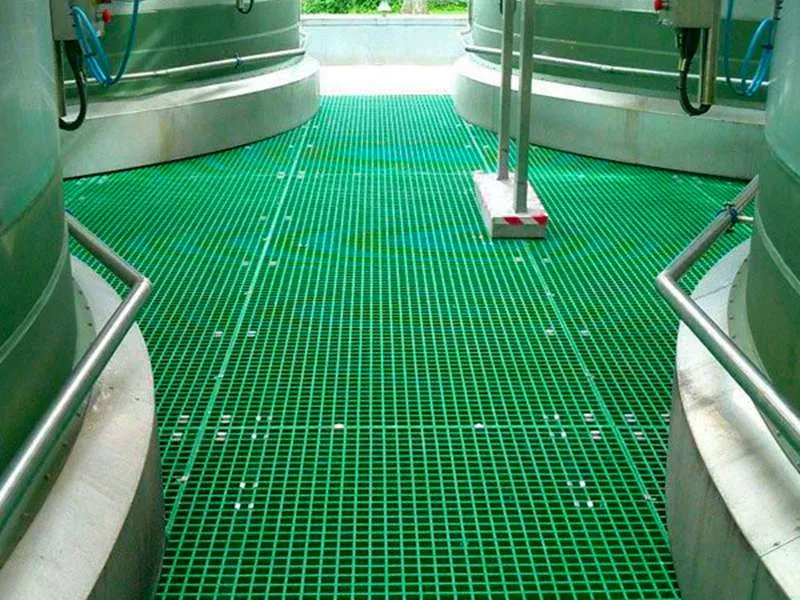
-
 Afrikaans
Afrikaans -
 Albanian
Albanian -
 Amharic
Amharic -
 Arabic
Arabic -
 Armenian
Armenian -
 Azerbaijani
Azerbaijani -
 Basque
Basque -
 Belarusian
Belarusian -
 Bengali
Bengali -
 Bosnian
Bosnian -
 Bulgarian
Bulgarian -
 Catalan
Catalan -
 Cebuano
Cebuano -
 China
China -
 China (Taiwan)
China (Taiwan) -
 Corsican
Corsican -
 Croatian
Croatian -
 Czech
Czech -
 Danish
Danish -
 Dutch
Dutch -
 English
English -
 Esperanto
Esperanto -
 Estonian
Estonian -
 Finnish
Finnish -
 French
French -
 Frisian
Frisian -
 Galician
Galician -
 Georgian
Georgian -
 German
German -
 Greek
Greek -
 Gujarati
Gujarati -
 Haitian Creole
Haitian Creole -
 hausa
hausa -
 hawaiian
hawaiian -
 Hebrew
Hebrew -
 Hindi
Hindi -
 Miao
Miao -
 Hungarian
Hungarian -
 Icelandic
Icelandic -
 igbo
igbo -
 Indonesian
Indonesian -
 irish
irish -
 Italian
Italian -
 Japanese
Japanese -
 Javanese
Javanese -
 Kannada
Kannada -
 kazakh
kazakh -
 Khmer
Khmer -
 Rwandese
Rwandese -
 Korean
Korean -
 Kurdish
Kurdish -
 Kyrgyz
Kyrgyz -
 Lao
Lao -
 Latin
Latin -
 Latvian
Latvian -
 Lithuanian
Lithuanian -
 Luxembourgish
Luxembourgish -
 Macedonian
Macedonian -
 Malgashi
Malgashi -
 Malay
Malay -
 Malayalam
Malayalam -
 Maltese
Maltese -
 Maori
Maori -
 Marathi
Marathi -
 Mongolian
Mongolian -
 Myanmar
Myanmar -
 Nepali
Nepali -
 Norwegian
Norwegian -
 Norwegian
Norwegian -
 Occitan
Occitan -
 Pashto
Pashto -
 Persian
Persian -
 Polish
Polish -
 Portuguese
Portuguese -
 Punjabi
Punjabi -
 Romanian
Romanian -
 Russian
Russian -
 Samoan
Samoan -
 Scottish Gaelic
Scottish Gaelic -
 Serbian
Serbian -
 Sesotho
Sesotho -
 Shona
Shona -
 Sindhi
Sindhi -
 Sinhala
Sinhala -
 Slovak
Slovak -
 Slovenian
Slovenian -
 Somali
Somali -
 Spanish
Spanish -
 Sundanese
Sundanese -
 Swahili
Swahili -
 Swedish
Swedish -
 Tagalog
Tagalog -
 Tajik
Tajik -
 Tamil
Tamil -
 Tatar
Tatar -
 Telugu
Telugu -
 Thai
Thai -
 Turkish
Turkish -
 Turkmen
Turkmen -
 Ukrainian
Ukrainian -
 Urdu
Urdu -
 Uighur
Uighur -
 Uzbek
Uzbek -
 Vietnamese
Vietnamese -
 Welsh
Welsh -
 Bantu
Bantu -
 Yiddish
Yiddish -
 Yoruba
Yoruba -
 Zulu
Zulu
Feb . 03, 2025 02:03
Back to list
grp rectangular tank
Glass Reinforced Plastic (GRP), also known as fiberglass, has revolutionized industries with its versatile applications, particularly when it comes to the design and construction of rectangular tanks. Utilized across diverse sectors such as water treatment, chemical storage, and wastewater management, GRP rectangular tanks offer several advantages in durability and efficiency.
From an environmental perspective, GRP tanks also stand out. The production process of GRP materials is more energy-efficient compared to alternative materials, reducing the carbon footprint associated with tank manufacturing. Furthermore, GRP is a recyclable material. At the end of its service life, components can be repurposed, aligning with sustainable initiatives and reducing waste. The longevity and weather-resistant properties of GRP tanks make them suitable for external installations, tolerating extreme temperatures and UV exposure without degrading. This quality reduces maintenance costs and ensures consistent performance over the years. Facilities operating in harsh climates can thus rely on GRP tanks for uninterrupted service, reaffirming their value proposition over traditional tanks. Investing in GRP rectangular tanks positions businesses at the forefront of innovation, combining cutting-edge technology with practical utility. When procuring a GRP tank, it is crucial for decision-makers to engage with experienced manufacturers who offer comprehensive support from design through installation. This partnership not only ensures a quality product but also ongoing support to maximize the tank's longevity and efficiency. In conclusion, GRP rectangular tanks present a reliable solution that combines durability, cost-effectiveness, and environmental friendliness. By adopting GRP technology, industries benefit from reduced operational risks and maintenance costs, while contributing to a more sustainable future. The choice of GRP tanks asserts a forward-thinking approach, leveraging science and technology to address modern challenges in material handling and storage.


From an environmental perspective, GRP tanks also stand out. The production process of GRP materials is more energy-efficient compared to alternative materials, reducing the carbon footprint associated with tank manufacturing. Furthermore, GRP is a recyclable material. At the end of its service life, components can be repurposed, aligning with sustainable initiatives and reducing waste. The longevity and weather-resistant properties of GRP tanks make them suitable for external installations, tolerating extreme temperatures and UV exposure without degrading. This quality reduces maintenance costs and ensures consistent performance over the years. Facilities operating in harsh climates can thus rely on GRP tanks for uninterrupted service, reaffirming their value proposition over traditional tanks. Investing in GRP rectangular tanks positions businesses at the forefront of innovation, combining cutting-edge technology with practical utility. When procuring a GRP tank, it is crucial for decision-makers to engage with experienced manufacturers who offer comprehensive support from design through installation. This partnership not only ensures a quality product but also ongoing support to maximize the tank's longevity and efficiency. In conclusion, GRP rectangular tanks present a reliable solution that combines durability, cost-effectiveness, and environmental friendliness. By adopting GRP technology, industries benefit from reduced operational risks and maintenance costs, while contributing to a more sustainable future. The choice of GRP tanks asserts a forward-thinking approach, leveraging science and technology to address modern challenges in material handling and storage.
Next:
Related Products









